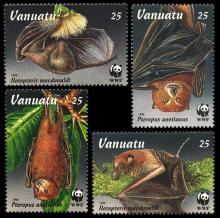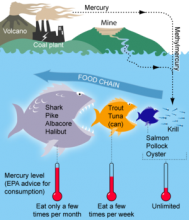The myths surrounding the effectiveness of the industrial food system
In this Communiqué, ETC Group identifies the major corporate players that control industrial farm inputs. Together with our companion poster, Who will feed us? The industrial food chain or the peasant food web?, ETC Group aims to de-construct the myths surrounding the effectiveness of the industrial food system. ETC Group has been monitoring the power and global reach of agro-industrial corporations for several decades – including the increasingly consolidated control of agricultural inputs for the industrial food chain: proprietary seeds and livestock genetics, chemical pesticides and fertilizers and animal pharmaceuticals. Collectively, these inputs are the chemical and biological engines that drive industrial agriculture. This update documents the continuing concentration (surprise, surprise), but it also brings us to three conclusions important to both peasant producers and policy makers. 1. Cartels are commonplace, 2. The “invisible hold” of the market is growing, and 3. Climate research shows that we don’t know (that) we don’t know our food system.










